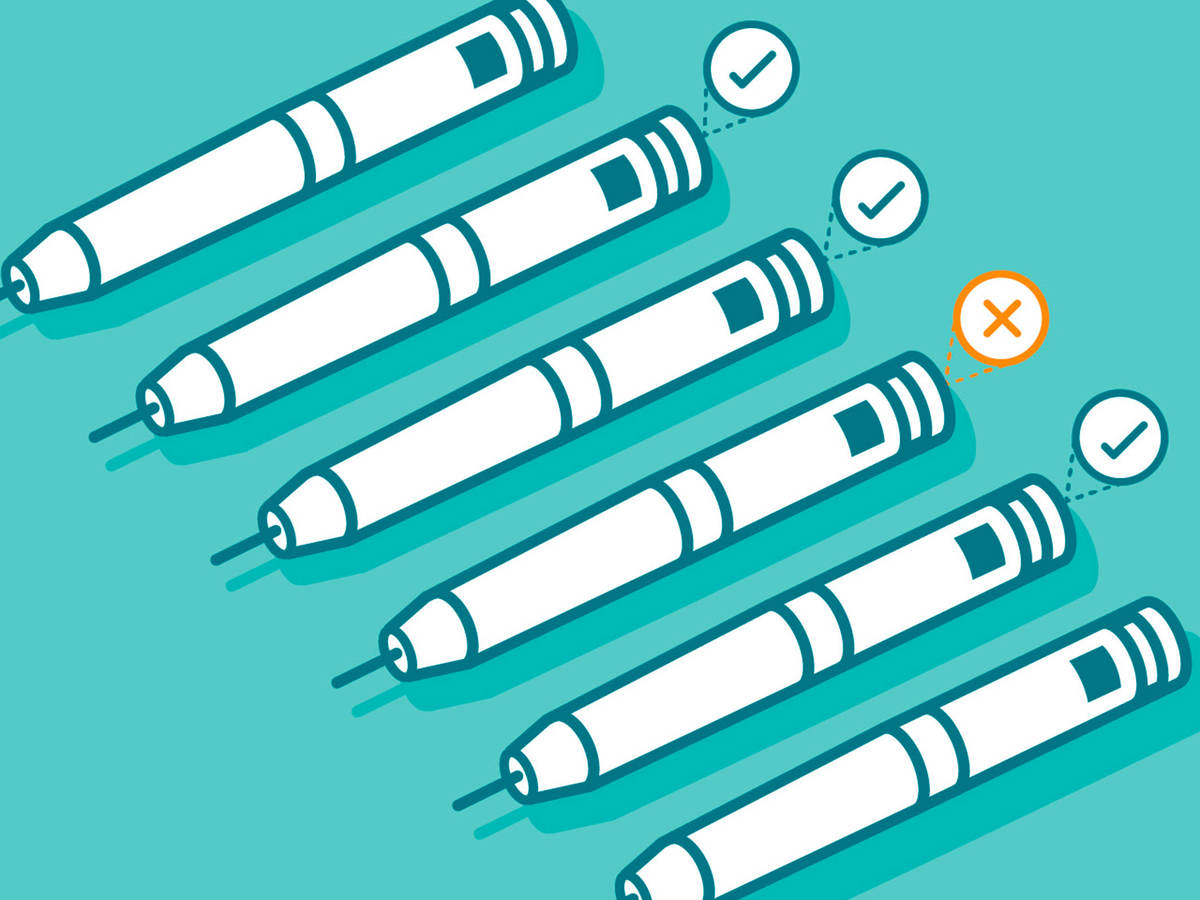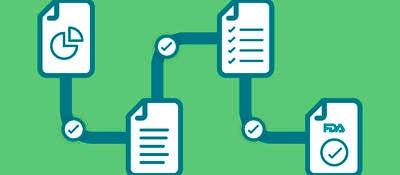July 23, 2021
In light of the European Medical Devices Regulation (MDR) coming fully into effect, there will be even more focus on combination product manufacturers to incorporate use-related risk management into their product development processes. However, some pharmaceutical companies leverage platform devices, and these platform devices are often past their “design freeze.” Ultimately it is the pharmaceutical company who will take ownership of, and therefore responsibility for, investigating use related risk.
However it is the platform device manufacturers that have the best opportunity to incorporate usability into device development processes. To this end, it makes sense for these pharmaceutical companies to select devices that are in line with development requirements such as risk management. This in turn means that the most appropriate devices on the market will be those wherein the manufacturers have applied usability engineering iteratively through design.
Usability for platform devices (pre-drug)
Although platform device manufacturers (PDMs) may not know their end users or indications, PDMs have ample opportunity to incorporate usability into design, and not always at great expense! In early stages of device design, consider developing a task analysis (TA), which can be used to help inform design decisions.
Two columns that can be particularly relevant at these earlier stages are “User interface required,” whereby you outline exactly what parts of the user interface will be relevant during a task, and “Device status at end point,” where you describe the status of the device at task end. For example:
|
Task |
User Interface Required |
Device status at end point |
|
Remove cap |
Device Handle Device cap |
The cap has been removed from the device. The needle is exposed (?) |
Using these columns, the author is required to specify what state the device will be in, if the task is performed as intended. This information helps to apply context of use, even in instances where it is still too early to picture what the device itself will look like. Furthermore, this approach provides clear end points for task success during usability testing – “was the cap removed prior to attempting the following task?”
Later in device design
Later in device development (but still prior to design freeze), although the PDM will not take ownership of the final combination product, it will provide valuable input to the device design to conduct some use-related risk analyses. As a PDM, analysing the use-related risk will provide an understanding of the use errors, which in turn enables the PDM to incorporate these considerations into design and verify that use errors are “designed out” via design mitigations.
The pharmaceutical company(ies) you collaborate with will need to perform some use-related risk analyses, but they won’t be able to complete one without having identified their device. Pharmaceutical firms will not be able to determine what is “reasonably foreseeable” if they do not know how the device operates. Additionally, firms may not be able to make device changes if they identify use errors that have no risk control measures once they have purchased the device. For these reasons, the PDM is in a perfect position to start the risk analysis documentation alongside device development. There may be a concern that the document would only be partially complete without clinical data or known users, but this is acceptable if we consider that the risk analysis is supposed to be a living document/process.
As noted, there will be some parts of a risk analysis that the PDM can’t complete (such as clinical implications), but the PDM can at least build on any TA that has been done. Building on the task analysis from earlier, let’s add cells relevant to risk analysis:
|
Task |
UI Required |
Device End-Point |
Use error |
Cause |
Device Requirements/Risk Control Measures |
|
Remove cap |
Device Handle Device cap |
The cap has been removed from the device.
The needle is exposed (?) |
Can’t remove cap
Needle stick injury |
Slippery surface material on handle Exposed needle |
Non-slip grip handle Contoured cap
Needle guard |
Imagining our device end point, the cap has been removed and the needle is exposed. It is reasonably foreseeable that a user may have an accidental needle stick injury (use error) at this point. With this in mind, one risk control measure would be to develop a needle guard. This may seem like an obvious risk control measure, but if there is no documented evidence, then there is nothing at hand to provide evidence of compliance later down the line.
To summarise, there are a couple of key benefits for the PDM and also the subsequent owner of the combination product.
Key benefits for platform device developers:
- Develop safer, easier to use devices.
- Produce appealing devices that comply with regulatory requirements your prospective partners will need to meet.
Key benefits for prospective partners:
- They can build on what you have already developed, resulting in a more comprehensive usability engineering file.
- They can be more confident that your device is not going to have unexpected use errors due to device design.
Learn more about human factors and user engineering for combination products:
- HFE user research support for medical devices, IVDs, and combination products
- Medical device design and prototyping support
- Medical device and combination product evaluation
Request more information from our specialist
Thanks for your interest in our products and services. Let's collect some information so we can connect you with the right person.







